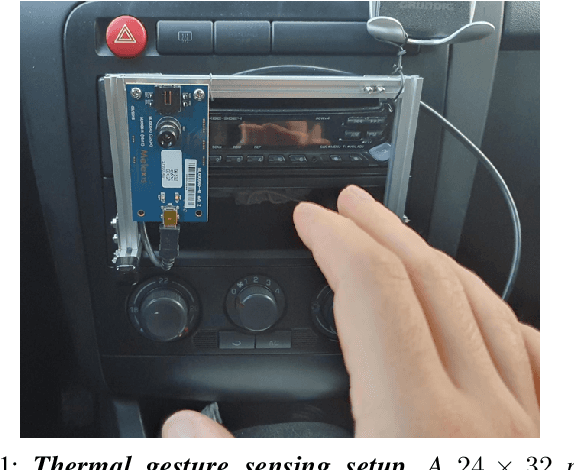Wout Mommen
A Method for Optimizing Connections in Differentiable Logic Gate Networks
Jul 08, 2025Abstract:We introduce a novel method for partial optimization of the connections in Deep Differentiable Logic Gate Networks (LGNs). Our training method utilizes a probability distribution over a subset of connections per gate input, selecting the connection with highest merit, after which the gate-types are selected. We show that the connection-optimized LGNs outperform standard fixed-connection LGNs on the Yin-Yang, MNIST and Fashion-MNIST benchmarks, while requiring only a fraction of the number of logic gates. When training all connections, we demonstrate that 8000 simple logic gates are sufficient to achieve over 98% on the MNIST data set. Additionally, we show that our network has 24 times fewer gates, while performing better on the MNIST data set compared to standard fully connected LGNs. As such, our work shows a pathway towards fully trainable Boolean logic.
Resource-Efficient Gesture Recognition using Low-Resolution Thermal Camera via Spiking Neural Networks and Sparse Segmentation
Jan 12, 2024



Abstract:This work proposes a novel approach for hand gesture recognition using an inexpensive, low-resolution (24 x 32) thermal sensor processed by a Spiking Neural Network (SNN) followed by Sparse Segmentation and feature-based gesture classification via Robust Principal Component Analysis (R-PCA). Compared to the use of standard RGB cameras, the proposed system is insensitive to lighting variations while being significantly less expensive compared to high-frequency radars, time-of-flight cameras and high-resolution thermal sensors previously used in literature. Crucially, this paper shows that the innovative use of the recently proposed Monostable Multivibrator (MMV) neural networks as a new class of SNN achieves more than one order of magnitude smaller memory and compute complexity compared to deep learning approaches, while reaching a top gesture recognition accuracy of 93.9% using a 5-class thermal camera dataset acquired in a car cabin, within an automotive context. Our dataset is released for helping future research.
 Add to Chrome
Add to Chrome Add to Firefox
Add to Firefox Add to Edge
Add to Edge